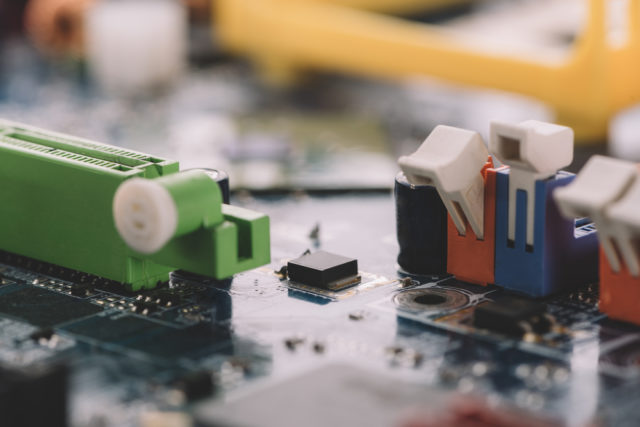The Silicon Powerhouse: How Semiconductors Drive Our Computer Processors
Silicon, the second most abundant element on the planet, plays a central role in our digital world, powering devices that we interact with daily. It’s the essential ingredient in semiconductors, the engine of computer processors. In this article, we’ll explore the indispensable role of semiconductors in computer processors and delve into their complex operations.

What are Semiconductors?
Semiconductors are materials that have properties between conductors (like copper) and insulators (like rubber). Their ability to conduct electricity can be significantly changed by introducing impurities, a process called “doping.” Silicon, a semiconductor, is the primary material used in making computer chips due to its excellent semiconductor properties.

The Central Role of Semiconductors in Computer Processors
At the heart of every computer is a processor (also known as a central processing unit or CPU). It’s where all the calculations and operations take place, enabling everything from simple computations to advanced machine learning algorithms. A processor is essentially a vast network of interconnected transistors—tiny electronic switches—that are made from semiconductors, primarily silicon.
The transistors in a processor open and close to control the flow of electricity, representing the ones and zeros of binary code. These binary digits, or “bits,” form the basis of all computing.
How Semiconductors Make Processors More Powerful
The power of a processor is related to the number of transistors it contains. The more transistors, the more instructions the CPU can execute at once, making the computer more powerful. Advances in semiconductor technology have allowed manufacturers to create smaller and smaller transistors, meaning more can fit on a single chip. This trend is famously known as Moore’s Law.
Challenges and Future Prospects
As the size of transistors approaches the atomic level, we are reaching the physical limits of how small silicon-based transistors can be made. This presents challenges for the continued development of more powerful processors. However, researchers are looking into alternative materials and designs, such as gallium nitride semiconductors and quantum computing, to overcome these limitations.
Conclusion
Semiconductors play an essential role in the operation of our computer processors, enabling the digital revolution that has transformed society. As we move forward, the continued development of semiconductor technology will be crucial to the advancement of computing power. From everyday tasks to the cutting edge of scientific research, these tiny silicon structures continue to drive our digital world.




Comments are closed.